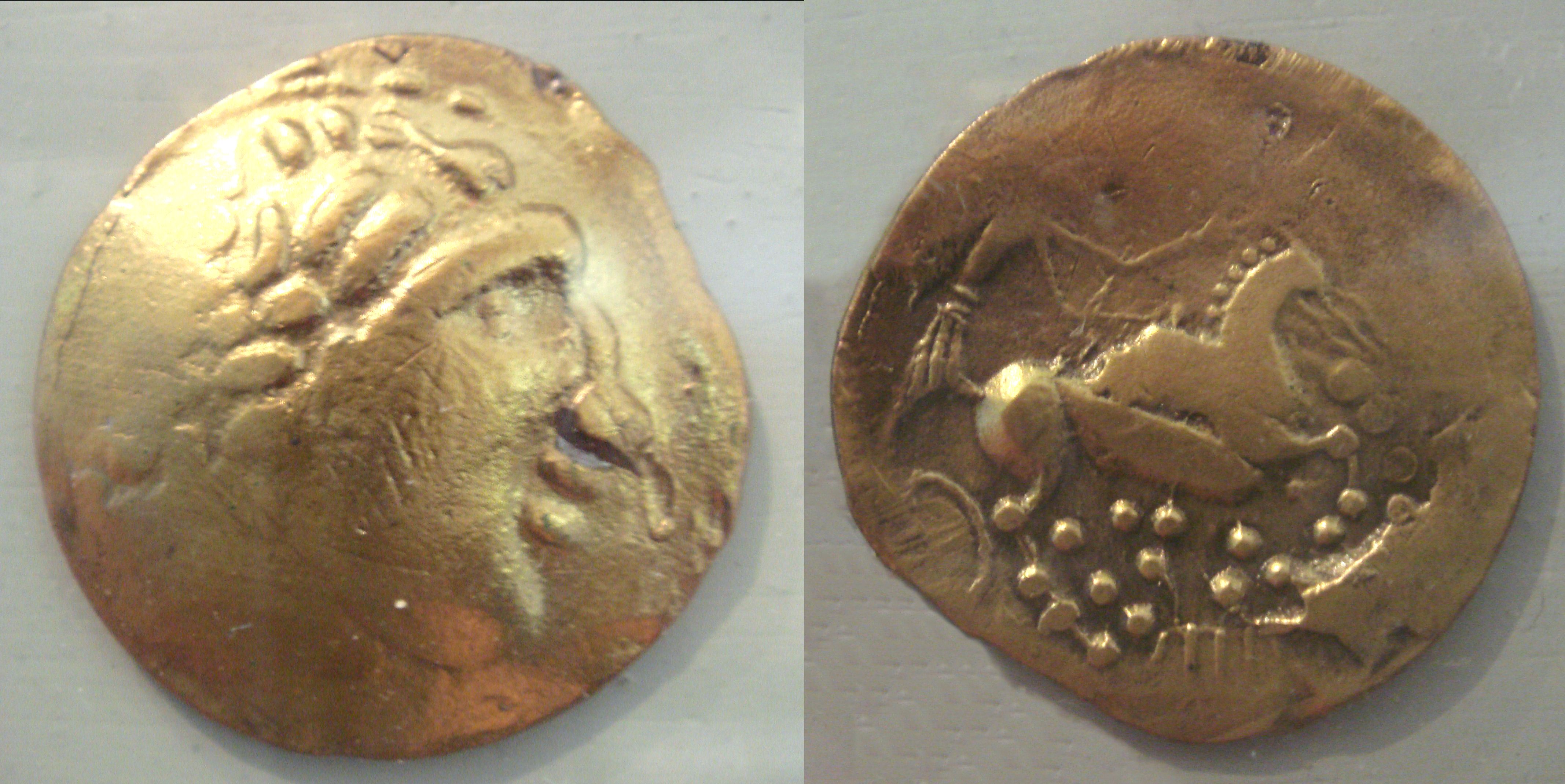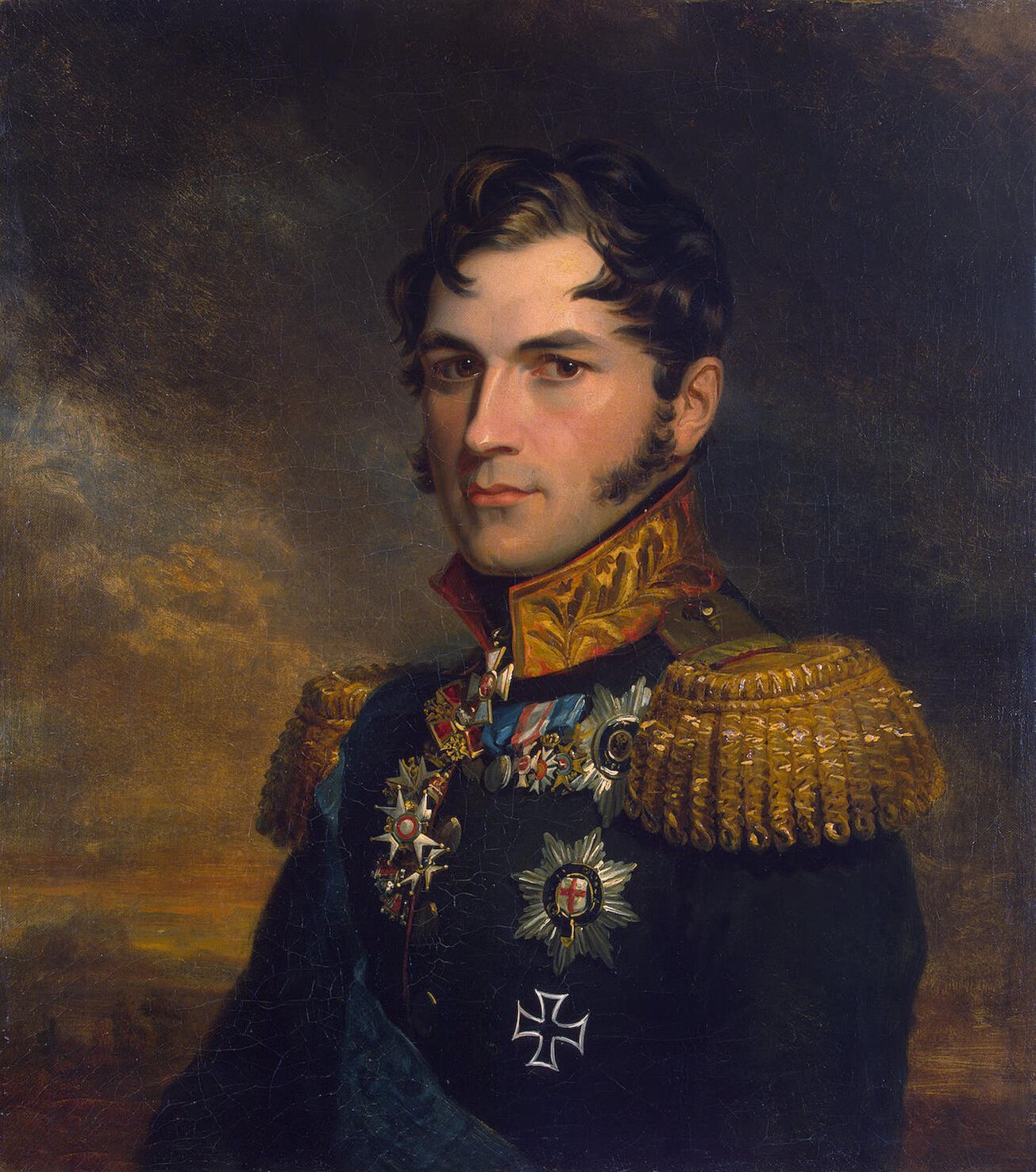|
Philippe Parrot
Philippe Parrot (born 13 May 1831 in Excideuil, died 1894) was a French painter. A street in Périgueux is named after him. Selected works * ''Elegy'', oil on canvas, 148 x 106 cm, 1868, Bordeaux, Musée des Beaux-Arts * ''Bacchante'', oil on canvas, 98.5 x 174.8 cm, 1892, Ghent Ghent ( nl, Gent ; french: Gand ; traditional English: Gaunt) is a city and a Municipalities of Belgium, municipality in the Flemish Region of Belgium. It is the capital and largest city of the East Flanders province, and the third largest i ..., Musée des Beaux-Arts * ''Allegory'', oil on canvas, 191 x 95, 1880, Ghent, Musée des Beaux-Arts Sources * ''Famous Pictures Reproduced from Renowned Paintings by the World's Greatest Artists'', Chicago: Stanton and Van Vliet, 1917p. 185* Clara Erskine Clement Waters and Laurence Hutton, ''Artists of the Nineteenth Century and Their Works: A Handbook Containing Two Thousand and Fifty Biographical Sketches'', Boston: Houghton, Osgood, 1879 ... [...More Info...] [...Related Items...] OR: [Wikipedia] [Google] [Baidu] |
Philippe Parrot - Elégie, 1868
Philippe is a masculine sometimes feminin given name, cognate to Philip. It may refer to: * Philippe of Belgium (born 1960), King of the Belgians (2013–present) * Philippe (footballer) (born 2000), Brazilian footballer * Prince Philippe, Count of Flanders, father to Albert I of Belgium * Philippe d'Orléans (other), multiple people * Philippe A. Autexier (1954–1998), French music historian * Philippe Blain, French volleyball player and coach * Philippe Najib Boulos (1902–1979), Lebanese lawyer and politician * Philippe Coutinho, Brazilian footballer * Philippe Daverio (1949–2020), Italian art historian * Philippe Dubuisson-Lebon, Canadian football player * Philippe Ginestet (born 1954), French billionaire businessman, founder of GiFi * Philippe Gilbert, Belgian bicycle racer * Philippe Petit, French performer and tightrope artist * Philippe Petitcolin (born 1952/53), French businessman, CEO of Safran * Philippe Russo, French singer * Philippe Sella, French rugb ... [...More Info...] [...Related Items...] OR: [Wikipedia] [Google] [Baidu] |
Excideuil
Excideuil (; oc, Eissiduelh) is a Communes of France, commune in the Dordogne Departments of France, department in Nouvelle-Aquitaine, southwestern France. Geography Excideuil is located in the ''Périgord Vert'' area, on a limestone plateau between the upper courses of the rivers Isle (river), Isle and Auvézère. The river Loue (Isle), Loue runs through the town. Excideuil is located about from Limoges, from Périgueux, from Hautefort and from Tourtoirac. Its built-up area continues into the territory of the adjacent communes Saint-Martial-d'Albarède and Saint-Médard-d'Excideuil. History The first reference to Excideuil, as ''Exidolium'' is found in a will document from Aredius, also known as Yrieix, dated 572. The town has been referred also as ''Issidor'', ''Excidour'' and ''Excideuilh''. This name is made of the Celtic languages, Celtic word ''ialo'' (meaning "clearing, glade", "place of") suffixed to a radical ''Exito'' (Gaul name) or ''Exitus''. Excideuil was att ... [...More Info...] [...Related Items...] OR: [Wikipedia] [Google] [Baidu] |
Périgueux
Périgueux (, ; oc, Peireguers or ) is a commune in the Dordogne department, in the administrative region of Nouvelle-Aquitaine, southwestern France. Périgueux is the prefecture of Dordogne, and the capital city of Périgord. It is also the seat of a Roman Catholic diocese. History The name ''Périgueux'' comes from Petrocorii, a Latinization of Celtic words meaning "the four tribes" – the Gallic people that held the area before the Roman conquest. Périgueux was their capital city. In 200 BC, the Petrocorii came from the north and settled at Périgueux and established an encampment at La Boissière. After the Roman invasion, they left this post and established themselves on the plain of L'Isle, and the town of Vesunna was created. This Roman city was eventually embellished with amenities such as temples, baths, amphitheatres, and a forum. At the end of the third century AD, the Roman city was surrounded by ramparts, and the town took the name of Civitas Petrocorio ... [...More Info...] [...Related Items...] OR: [Wikipedia] [Google] [Baidu] |
Bordeaux
Bordeaux ( , ; Gascon oc, Bordèu ; eu, Bordele; it, Bordò; es, Burdeos) is a port city on the river Garonne in the Gironde department, Southwestern France. It is the capital of the Nouvelle-Aquitaine region, as well as the prefecture of the Gironde department. Its inhabitants are called ''"Bordelais"'' (masculine) or ''"Bordelaises"'' (feminine). The term "Bordelais" may also refer to the city and its surrounding region. The city of Bordeaux proper had a population of 260,958 in 2019 within its small municipal territory of , With its 27 suburban municipalities it forms the Bordeaux Metropolis, in charge of metropolitan issues. With a population of 814,049 at the Jan. 2019 census. it is the fifth most populated in France, after Paris, Lyon, Marseille and Lille and ahead of Toulouse. Together with its suburbs and exurbs, except satellite cities of Arcachon and Libourne, the Bordeaux metropolitan area had a population of 1,363,711 that same year (Jan. 2019 censu ... [...More Info...] [...Related Items...] OR: [Wikipedia] [Google] [Baidu] |
Musée Des Beaux-Arts De Bordeaux
The Musée des Beaux-Arts de Bordeaux is the fine arts museum of the city of Bordeaux, France. The museum is housed in a dependency of the Palais Rohan in central Bordeaux. Its collections include paintings, sculptures and drawings from the 15th century to the 20th century. The largest collection is composed of paintings, and its strong points are works by French and Dutch painters. In front of the building, there is the Galerie des Beaux-Arts, where temporary exhibitions are housed. History Established in 1801 by the painter Pierre Lacour,History of the Musée des Beaux-Arts de Bordeaux Official website it is one of the largest art galleries in France outside Paris. The museum holds several paintings that were looted by the French during the |
Ghent
Ghent ( nl, Gent ; french: Gand ; traditional English: Gaunt) is a city and a Municipalities of Belgium, municipality in the Flemish Region of Belgium. It is the capital and largest city of the East Flanders province, and the third largest in the country, exceeded in size only by Brussels and Antwerp. It is a Port of Ghent, port and Ghent University, university city. The city originally started as a settlement at the confluence of the Rivers Scheldt and Leie and in the Late Middle Ages became one of the largest and richest cities of northern Europe, with some 50,000 people in 1300. The municipality comprises the city of Ghent proper and the surrounding suburbs of Afsnee, Desteldonk, Drongen, Gentbrugge, Ledeberg, Mariakerke (East Flanders), Mariakerke, Mendonk, Oostakker, Sint-Amandsberg, Sint-Denijs-Westrem, Sint-Kruis-Winkel, Wondelgem and Zwijnaarde. With 262,219 inhabitants at the beginning of 2019, Ghent is Belgium's second largest municipality by number of inhabitants ... [...More Info...] [...Related Items...] OR: [Wikipedia] [Google] [Baidu] |
Museum Of Fine Arts, Ghent
The Museum of Fine Arts ( nl, Museum voor Schone Kunsten, MSK) an art museum in Ghent, Belgium, is situated at the East side of the Citadelpark (near the Stedelijk Museum voor Actuele Kunst). The museum's collection consists of some 9000 artworks, dating from the Middle Ages to the 20th century. Over 600 works can be found on display permanently, with the collection largely focusing on Flemish Art (Southern Netherlands). It also houses several European- especially French- paintings, in addition to a large amount of sculptures. Next to its permanent collection the museum organises temporary exhibitions. Between March 2011 and January 2021, the museum conducted 41 exhibitions. The building was designed by city architect Charles van Rysselberghe around 1900. In 2007 the museum reopened after four years of restoration. The museum is a member of The Flemish Art Collection. This is a structural partnership joining the three main museums of fine arts in Flanders: Royal Museum of Fine ... [...More Info...] [...Related Items...] OR: [Wikipedia] [Google] [Baidu] |
Clara Harrison Stranahan
Clara Harrison Stranahan (, Harrison; pen name, C. H. Stranahan; April 9, 1831 – January 22, 1905) was an American author and the founder of Barnard College. Long identified with the higher education of women in the United States, she was at one time called "the best educated woman in the United States." She taught in Troy, Ohio and in Brooklyn, New York, and donated to University of Michigan as a memorial of her father, Seth Harrison. Stranahan was a founder and a trustee of Barnard College. She was a frequent contributor to magazines and other periodicals, and was the author of a work upon French painting. Stranahan was vice-president of the Emma Willard Association, composed of alumnae of the Troy Female Seminary, and a member of the Daughters of the American Revolution. Early life and education Clara Cornelia Harrison was born in Westfield, Massachusetts, April 9, 1831. Descended of an old New England family, her parents were Seth and Letia (Viets) Stranahan. In her early ... [...More Info...] [...Related Items...] OR: [Wikipedia] [Google] [Baidu] |
1831 Births
Events January–March * January 1 – William Lloyd Garrison begins publishing ''The Liberator'', an anti- slavery newspaper, in Boston, Massachusetts. * January 10 – Japanese department store, Takashimaya in Kyoto established. * February–March – Revolts in Modena, Parma and the Papal States are put down by Austrian troops. * February 2 – Pope Gregory XVI succeeds Pope Pius VIII, as the 254th pope. * February 5 – Dutch naval lieutenant Jan van Speyk blows up his own gunboat in Antwerp rather than strike his colours on the demand of supporters of the Belgian Revolution. * February 7 – The Belgian Constitution of 1831 is approved by the National Congress. * February 8 - Aimé Bonpland leaves Paraguay. * February 14 – Battle of Debre Abbay: Ras Marye of Yejju marches into Tigray, and defeats and kills the warlord Sabagadis. * February 25 – Battle of Olszynka Grochowska (Grochów): Polish rebel force ... [...More Info...] [...Related Items...] OR: [Wikipedia] [Google] [Baidu] |
1894 Deaths
Events January–March * January 4 – A military alliance is established between the French Third Republic and the Russian Empire. * January 7 – William Kennedy Dickson receives a patent for motion picture film in the United States. * January 9 – New England Telephone and Telegraph installs the first battery-operated telephone switchboard, in Lexington, Massachusetts. * February 12 ** French anarchist Émile Henry sets off a bomb in a Paris café, killing one person and wounding twenty. ** The barque ''Elisabeth Rickmers'' of Bremerhaven is wrecked at Haurvig, Denmark, but all crew and passengers are saved. * February 15 ** In Korea, peasant unrest erupts in the Donghak Peasant Revolution, a massive revolt of followers of the Donghak movement. Both China and Japan send military forces, claiming to come to the ruling Joseon dynasty government's aid. ** At 04:51 GMT, French anarchist Martial Bourdin dies of an accidental detonation of his ow ... [...More Info...] [...Related Items...] OR: [Wikipedia] [Google] [Baidu] |
19th-century French Painters
The 19th (nineteenth) century began on 1 January 1801 ( MDCCCI), and ended on 31 December 1900 ( MCM). The 19th century was the ninth century of the 2nd millennium. The 19th century was characterized by vast social upheaval. Slavery was abolished in much of Europe and the Americas. The First Industrial Revolution, though it began in the late 18th century, expanding beyond its British homeland for the first time during this century, particularly remaking the economies and societies of the Low Countries, the Rhineland, Northern Italy, and the Northeastern United States. A few decades later, the Second Industrial Revolution led to ever more massive urbanization and much higher levels of productivity, profit, and prosperity, a pattern that continued into the 20th century. The Islamic gunpowder empires fell into decline and European imperialism brought much of South Asia, Southeast Asia, and almost all of Africa under colonial rule. It was also marked by the collapse of the l ... [...More Info...] [...Related Items...] OR: [Wikipedia] [Google] [Baidu] |






